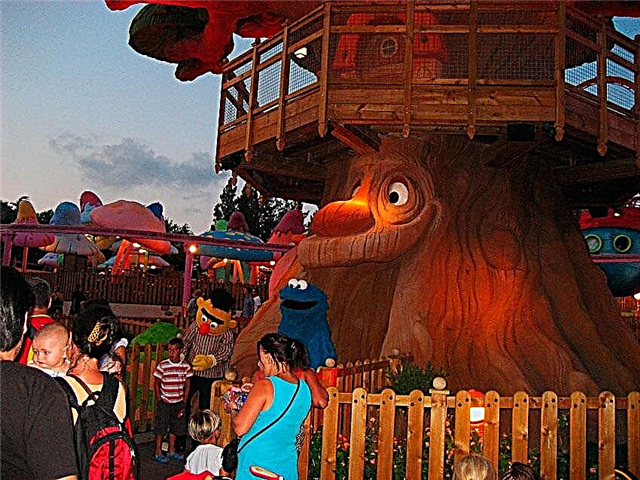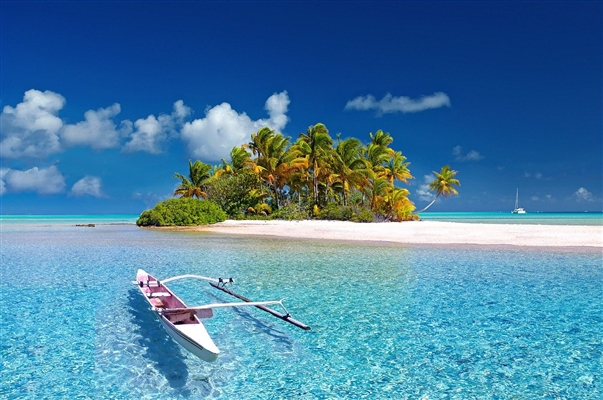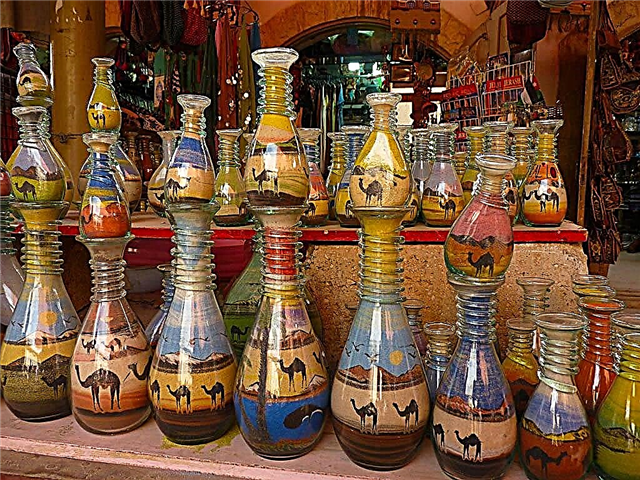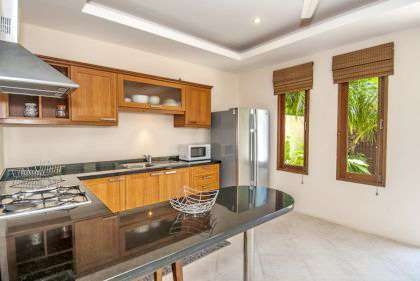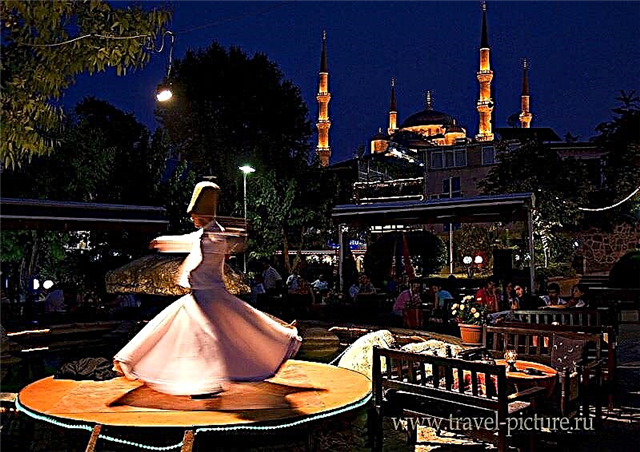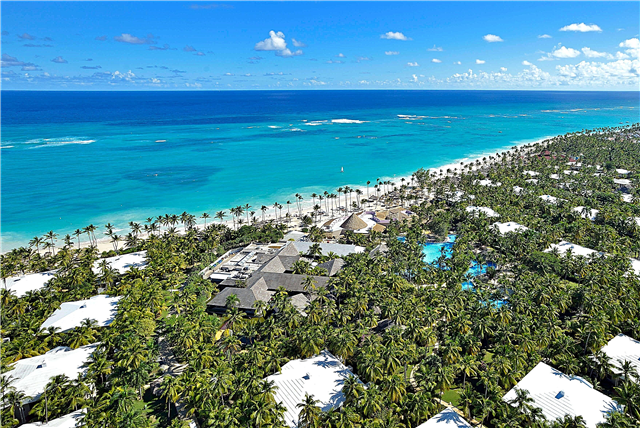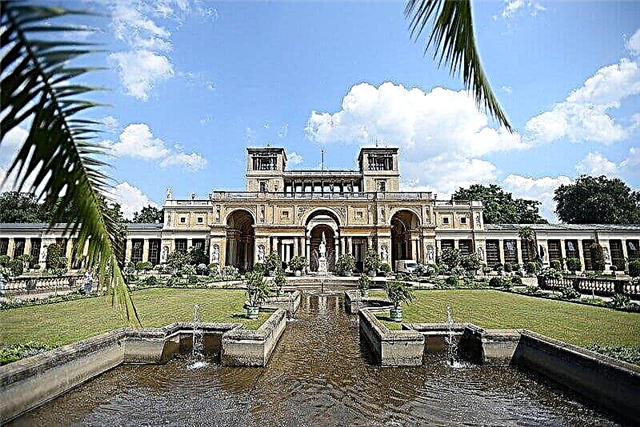Potsdam is a completely unique place in terms of its architectural heritage. There are such a huge number of palaces in this city that even half of them will not be enough for a standard two-week vacation. Most of the ensembles were built in the 18th and 19th centuries under Frederick William IV, who took an active part in the development of projects and helped architects.
Potsdam Palaces are grandiose complexes in the styles of the German Renaissance, Baroque and Italian classicism. They are surrounded by magnificent landscaped parks. Today, most of them are museums where visitors can admire the luxurious royal interiors, collections of antique furniture and valuable art objects.
The most beautiful palaces in Potsdam
Sanssouci
The project of the palace was invented by the Prussian king Frederick the Great, and the architect G.V. von Knobelsdorff helped him to implement the plan. The complex was built in the middle of the 18th century. It is the crown of the creation of the palace architecture of Prussia, in beauty and grandeur it competes with Versailles itself. Sanssouci is surrounded by a landscaped park with grape terraces leading down to the fountain, magnificent marble statues and living ivy galleries.

Krongut Bornstedt
The estate is located near Sanssouci and is part of the cultural heritage of the Berlin-Brandenburg region. Since the 17th century, Krongut Bornstedt has been the property of Friedrich Wilhelm I. In the 19th century, the complex was almost completely burnt down and it was rebuilt in the style of Italian classicism. In the 20th century, during the GDR times, the architectural and park ensemble fell into disrepair. After a long restoration, it was reopened only in 2001.

New palace
The new palace is considered part of the Sanssouci architectural ensemble. It is located on the western edge of the park. The building, intended for official receptions, was built in the second half of the 18th century in the Baroque style according to the project of J. G. Böring. A dome rises above the central part of the palace, the roof is crowned with several dozen statues, the portico and the facade are decorated with capitals and bas-reliefs, stone enfilades encircle the building along the entire perimeter.

Charlottenhof
The neoclassical Charlottenhof was the summer residence of Friedrich Wilhelm IV when the ruler was still crown prince in the first half of the 19th century. In the 18th century, on the site of the palace, there was a manor house surrounded by a park, which was demolished to build the Charlottenhof. Friedrich Wilhelm himself personally drew up several sketches for the future building, based on the architecture of ancient Roman villas.

Greenhouse palace
At the northern border of the Sanssouci Landscape Park, there is another masterpiece of court architecture - the Orangery Palace, built in 1864. The building was erected in the neo-Renaissance style at the direction of Friedrich Wilhelm IV. Today, the former apartment houses exotic plants that are moved here from the garden during the cold season. Part of the premises houses a museum.

Marble palace
Compared to the lush facades of Sanssouci, the classic look of the Marble Palace seems rather simple and modest. But it was not built to amaze with its pomp, on the contrary - Friedrich Wilhelm II conceived it as a secluded corner away from the noisy court life. Of course, it was not without luxurious interiors and a large number of paintings, because the palace was still built for the king.

Cecilienhof
The palace is located near the Jungfernsee lake. It was built in the early 20th century in the style of an English country estate and became the last residence of the Hohenzollerns. After the end of World War II, the Potsdam Conference was held here. Since then, the palace has been opened to the public. In the 1960s, a hotel was opened on its territory, which still receives guests today. Some of the Cecilienhof's rooms are used as a museum.

Babelsberg Castle
The castle was built in the 19th century in a Gothic style that was not typical for this time. The architecture of the English fortresses was taken as a basis. The appearance of Babelsberg also traces features more inherent in the palaces of the Moorish rulers located in southern Europe - this is indicated by the round towers imitating the shape of minarets, the scalloped roof ornament and the characteristic shapes of window openings.

Small Palace in Babelsberg Park
Not a palace, but rather a summer house on the territory of the park of the same name, built in the middle of the 19th century. It is a two-story building with a white facade, a canopy-shaped porch and decorative towers that adorn the roof. At the time of the Kaisers, court ladies lived in the palace; today, within its walls, there is a restaurant with a summer terrace, where it is pleasant to sit surrounded by greenery.

Belvedere on the Pfingstberg
The palace is part of the Sanssouci park ensemble, it is located on a hill overlooking the city. Frederick William IV chose this place for a reason - the king wanted to be able to enjoy the picturesque panorama at any time. The name also disposes: translated from Italian "belvedere" is "beautiful view". The construction was completed after the death of the ruler in 1863.

Lindstedt
Another royal residence, built in the style of an antique villa so that Frederick William IV could spend his last years here in peace. But ironically, he died before the building could be completed. At various times, Lindstedt was privately owned, its premises were leased to the institute and government offices. Today it is used for concerts, lectures and private celebrations.

Marquardt
It is believed that Marquardt was erected in the 14th century, but the exact date of construction has not been determined. It was used as a suburban residence of the highest nobility; after the change of the state system in the 20th century, a hotel, a hospital and an institute were located on its territory. The hotel in Marquardt is still in operation. The building can also be rented for a private event or conference.

Villa Ingenheim
The building was built in the classic Italian style on the site of an old brick factory in the first half of the 19th century. Until the beginning of the 20th century, it was used as the residence of the august persons. After the destruction of World War II, it was restored and adapted for the headquarters of the NKVD. Today, the Villa Ingenheim houses a museum dedicated to the history of the German army.

Castle Hotel Karts
The building was erected in the 17th century, for a long time it belonged to the von Bülow family, and two centuries later it was bought by a wealthy merchant, whose descendants set up a landscape park around the estate. After the end of World War II, Karz was used as a refugee center and a nursing home. After the restoration of the 1990s, a hotel, restaurant and spa center were opened on its territory.

City palace
The City Palace is located in the center of Potsdam; earlier it was the seat of the Electors and German Emperors. The building was erected in the 17th century and radically rebuilt a century later in the Baroque style. The building was seriously damaged during the Second World War, and in 1959 it was demolished. The new palace was built in 2014, now it houses the parliament of the state of Bradenburg.


